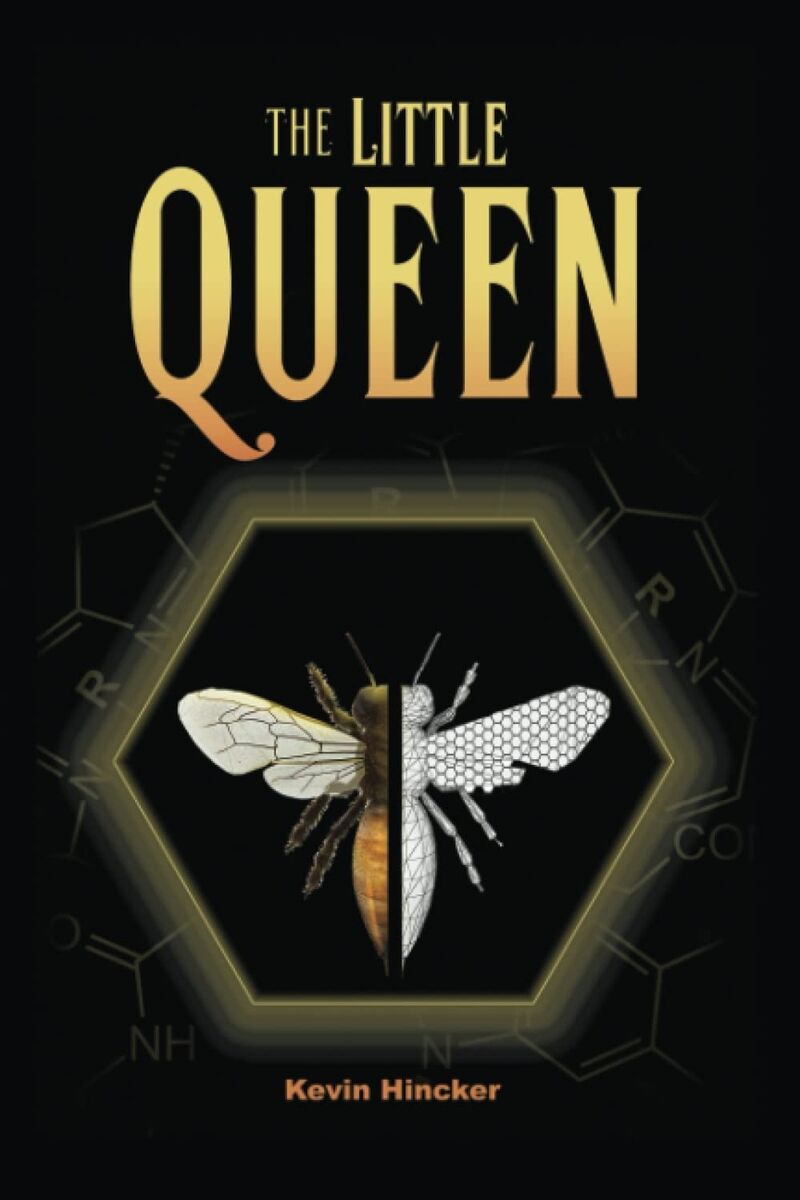The Bee's Knees
The TALE: Tehachapi Art, Literature and Entertainment
April 13, 2024
The bee's knees was flattering praise used by flappers in the 1920s and even earlier in the 1800s when shop owners sent their buyers out to "find me the bee's knees," meaning they wanted the best materials for their business. The term bee's knees defines something that is surprisingly wonderful or cool. It's a compliment. It's also a descriptor from the olden days, grown out of its prime and now passe'.
But did you know that bees actually do have knees? They have what could be termed balls and sockets found between their leg segments. And they have six legs, two pairs of wings, a wonderful sense of smell and direction, great intelligence and memory, they have emotions and feel pain, and can recognize a human face. They do all this and manage to make and store huge supplies of delectable honey.
It has been estimated that bees have existed for 130 million years or more. Originally, it was wind that blew pollen over various plants for pollinating. But winds can be so finicky, flighty and unruly as we know, living in Tehachapi, one of the wind capitals of the world. Insects eventually became more worthy pollinators, with bees proving to be the most efficient of all.
Bees collect pollen by visiting flowers, various plants and trees. Collecting the fluffy stuff happens during their daily landings and flights. It's collected upon the little hairs on their legs and builds up over their tummies. They take pollen and leave pollen. Are you thinking this is too simplistic? In actuality, bees are part of a very complicated community that not only help pollinate the world, but they also efficiently build their own intricate industrial units that house all the worker bees and the queen while they create both sweet honey and useful beeswax, feed themselves and raise one generation after another of more baby bees in prolific nurseries.
Early man painted their caves with pictures of honeycombs and traces of honey still lingers on ancient pottery. Honey was first collected from wild beehives and used as an excellent source of energy, as well as for healing wounds and ailments. But most likely the greatest attraction was its sweetness. Even cavemen had a sweet tooth!
Mankind depends on bees for survival. For the survival of plants to continue to produce and renew in the circle of life. Much of the bee population has been intensely studied and sometimes assisted by men these last centuries because humans have a way of interfering with that lifecycle and being their own worst enemies. Man has needed to make reparations. Which brings me to the book I reviewed for this printing, "The Little Queen" by Kevin Hincker.
Don't be put off by the main characters of the story being a 12-year-old boy and a queen bee. This is not a children's book but written for readers aged 9 to 90 and above. It leads the reader into seeing our world from different viewpoints, those between nature and humans. It follows journeys of tragedy, loss and grief while taking surprising paths toward wholeness.
The story begins in the town of River Bend, Idaho located in the Selkirk mountain range where the Priest River winds through. Anthony is a kid who is suffering from the death of his mother while also trying to keep an important secret safe. The Queen is on a mission to save the bees of her and every new generation from extinction. They meet under perilous circumstances on a low rock by the rushing river. They both drink. The bee then crawls into the cupped hand of the boy and sleeps.
The Queen has lost her bee family and is alone. The boy has been part of an explosion at school and is dazed. It is not an optimum meeting, yet it is precisely the right and needful time for both. Anthony is in need of a queen bee or his mother's bee hive will perish. The Queen is in need of a hive to pass forward her memories to be embedded into future generations of bees. With those memories, bees can have a better chance for long term survival.
It is not often that information of facts and fantasy can be mixed so thoroughly to impart such a satisfying story. Or is it just a story? Do bees recognize us in the garden? Do some people have the ability to merge their minds with the bees? I'd like to think so, or at least that we are on our way to developing a deeper communication with nature. We need each other and perhaps being on the same wavelength, with like minds, we can protect all life as being precious and valuable. Even the ones that sting.
Good Books.
Good reading.
*Midge Lyn'dee is a fictional character used for the purpose of entertainment though the reviews are real and sincere.





